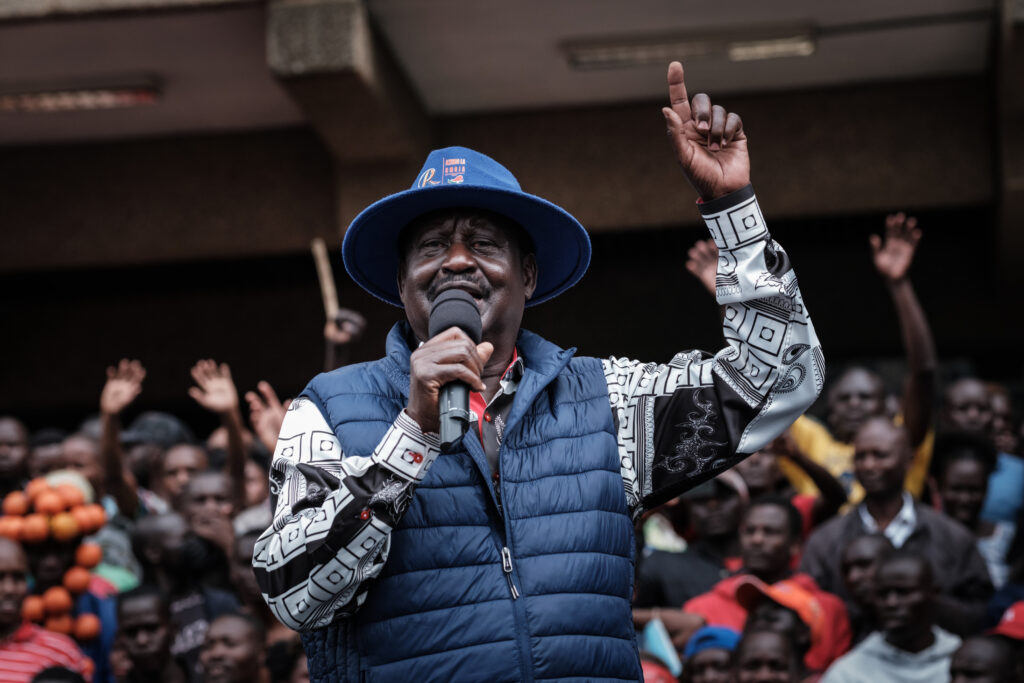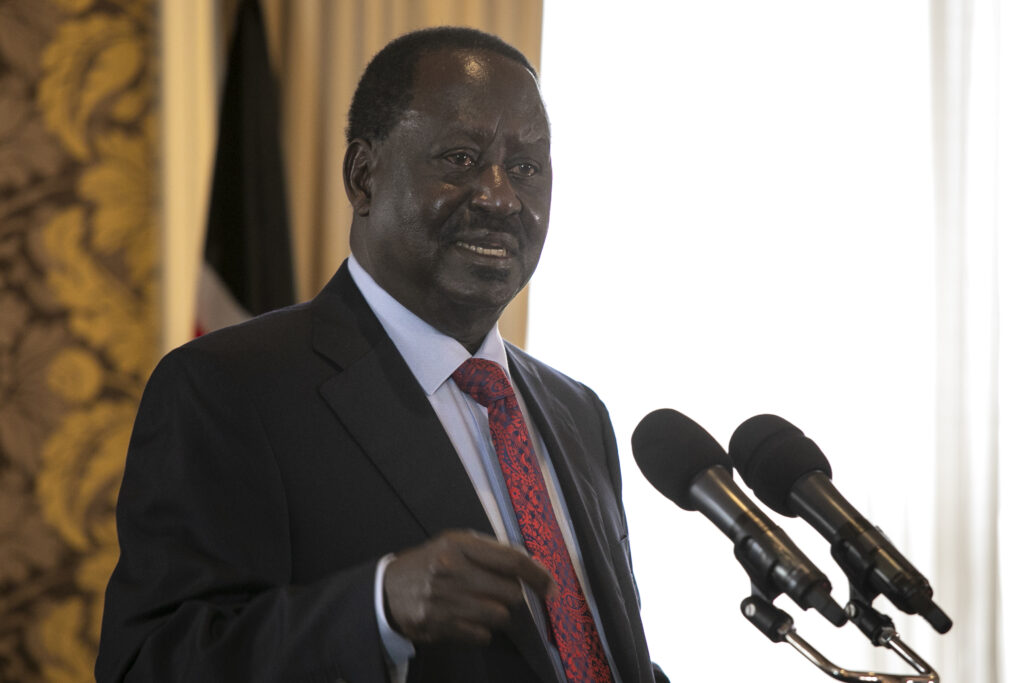L’offre de rachat de SFR “immédiatement rejetée” par la direction d’Altice France
L’offre de rachat de l’opérateur SFR par ses trois concurrents français, officialisée mardi soir, a été “immédiatement rejetée”, a indiqué mercredi Arthur Dreyfuss, PDG de la maison mère de SFR, Altice France, dans un message envoyé aux salariés et consulté par l’AFP. Bouygues Telecom, Iliad (Free) et Orange ont déposé mardi une offre de rachat non engageante pour acquérir “la plupart des actifs de l’opérateur SFR” pour un montant de 17 milliards d’euros. “Nous vous confirmons avoir reçu hier soir une offre indicative pour une partie des actifs d’Altice France. Cette offre a été immédiatement rejetée”, a simplement déclaré le PDG du groupe. Le ministre de l’Economie et des Finances, Roland Lescure, a indiqué mercredi qu’il serait “extrêmement vigilant” quant à “l’impact sur le prix des consommateurs et l’impact sur la qualité de service” en cas de rachat de l’opérateur. De nombreuses rumeurs sur un potentiel rachat de SFR circulaient depuis plusieurs mois mais la proposition déposée mardi est la première offre à être officialisée. Au 1er octobre, le groupe a vu sa dette passer de plus de 24 milliards à 15,5 milliards d’euros à la suite d’un accord conclu avec ses créanciers, qui se sont vu attribuer en échange 45% des parts du groupe. Mais ses salariés ont exprimé depuis plusieurs mois des inquiétudes quant aux conséquences de la réduction de dette et à une éventuelle vente de SFR. Plusieurs syndicats ont contesté l’adoption par le tribunal des activités économiques (ex-tribunal de commerce) du plan de sauvegarde accélérée d’Altice France, étape nécessaire pour mettre en œuvre l’accord de restructuration financière. “Cette opération de concentration, si elle se concrétise, pourrait entraîner la suppression de plusieurs milliers d’emplois directs et indirects”, a dénoncé mercredi la CFDT dans un communiqué.Elle a exigé des “garanties concrètes” dans le cas d’une reprise de l’opérateur.Avec la CGT, autre syndicat représentatif des salariés, et le CSE du groupe, la CFDT a fait appel de la validation par la justice du plan de sauvegarde accélérée. Une audience doit se tenir le 4 novembre.







